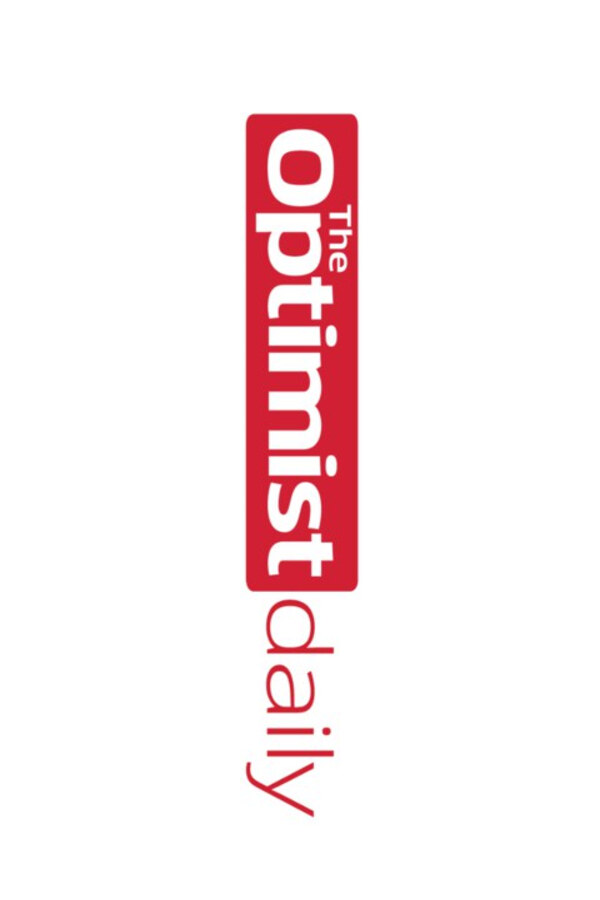Possibility
From The Optimist Magazine
Summer 2014
Otto Scharmer can be considered an expert on leadership. Focusing his work on evolutionary stages of complex living systems, such as organizations, his book Theory U became an international bestseller. He’s a senior lecturer at MIT, founding chair of the Presencing Institute and vice chair of the World Economic Forum’s Global Agenda Council on Leadership. In his latest book, Leading from the Future, Scharmer suggests there’s much to learn from soccer.
What are the developmental stages in the evolution of soccer?
“The 1.0 version of any larger, living system is based on centralization, such as with the socialist economic system. In the 1.0 version of soccer, everything in the game depends not only on the orders of the coach, but also on all that you thought prior to the game. Here, it’s based on prefabricated game planning, with very little flexibility to deviate from the original plan. Now, the 2.0 version of soccer is when players move into individualized roles. Ideally, this way everyone can become really good in their own position, so the team would consist of great strikers, great midfielders and great defenders. Yet time and again, we see that a collection of fantastic performers doesn’t necessarily add up. The sum total can still be less than the individual capacities combined.”
So what’s the next step?
“Well, players could have more flexibility. There would be parts of the system that allow for more improvisation. Players would have a more dynamic interpretation of their role, which is what we’re seeing more and more. The 3.0 version is a more roaming system, where people switch in and out of each other’s roles.”
Great. So what can organizations learn from soccer?
“Wait, that’s not it…”
There’s soccer 4.0?
“Yes. That’s called ‘total football,’ invented by the Dutch in the 1970s. This involves the total collapse of the idea that each individual has a specific role. There is no distinction between strikers and midfielders. Everyone is doing everything. It requires a shared development and collective consciousness. Players no longer perceive the game with themselves as the center. There’s a sense of simply knowing where the open space is, where the opponent is, where the ball is. Everyone is attending to an ever-evolving situation and adjusting his own position relative to that. That’s what the best teams are doing, such as Barcelona and the Spanish national team.”
Assuming there’s no soccer 5.0… what can organizations learn from all this?
“Well, unfortunately, this shared consciousness is not what we’re seeing in organizations. However, organizing is much like sports—it’s an evolving discipline. The more we advance our mastery, the more fluid our
organization becomes.”
How do we get there?
“Organizations should deepen their philosophy about what it is they want to create. There should be a shared understanding of what all ‘players’ in the organization want to create. And everyone should be able to constantly adapt. Rather than knowing how to stick with the goal of delivering the targets that were set out yesterday, employees should try to develop a mastery in connecting with a changing context and with what is about to emerge. That is how organizations evolve.”
Is this something that can be practiced?
“Yes, all organizations can create places where this ‘sensing’ can develop. It simply requires practice, so that everyone is in sync. Once you get there, you’ll have much more flexibility to improvise and respond. I think that’s what great teams and great organizations pay a lot of attention to. It’s what we’re seeing now with Bayern Munich. Last year, Bayern Munich already had a great system, but it was imposed on each opponent. Now, they’re much more adapting and evolving, switching their system twice a game. The players constantly evolve and respond as a team. They are really sensing what the situation requires them to do.” | Marco Visscher












